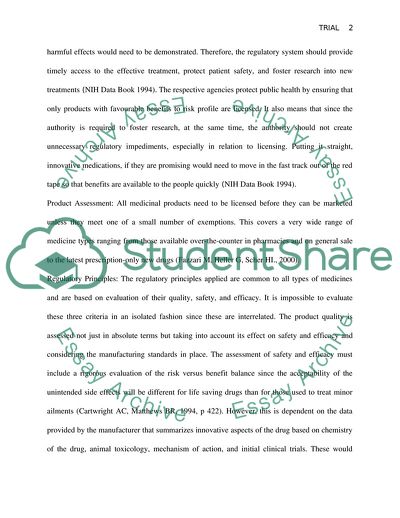Cite this document
(The Key Processes and Issues in the Stages of Obtaining a License for Essay, n.d.)
The Key Processes and Issues in the Stages of Obtaining a License for Essay. Retrieved from https://studentshare.org/medical-science/1710159-trialling-drugs-what-are-the-key-processes-and-issues-in-the-stages-of-obtaining-a-licence-for-the-supply-of-medicines
The Key Processes and Issues in the Stages of Obtaining a License for Essay. Retrieved from https://studentshare.org/medical-science/1710159-trialling-drugs-what-are-the-key-processes-and-issues-in-the-stages-of-obtaining-a-licence-for-the-supply-of-medicines
(The Key Processes and Issues in the Stages of Obtaining a License for Essay)
The Key Processes and Issues in the Stages of Obtaining a License for Essay. https://studentshare.org/medical-science/1710159-trialling-drugs-what-are-the-key-processes-and-issues-in-the-stages-of-obtaining-a-licence-for-the-supply-of-medicines.
The Key Processes and Issues in the Stages of Obtaining a License for Essay. https://studentshare.org/medical-science/1710159-trialling-drugs-what-are-the-key-processes-and-issues-in-the-stages-of-obtaining-a-licence-for-the-supply-of-medicines.
“The Key Processes and Issues in the Stages of Obtaining a License for Essay”, n.d. https://studentshare.org/medical-science/1710159-trialling-drugs-what-are-the-key-processes-and-issues-in-the-stages-of-obtaining-a-licence-for-the-supply-of-medicines.


